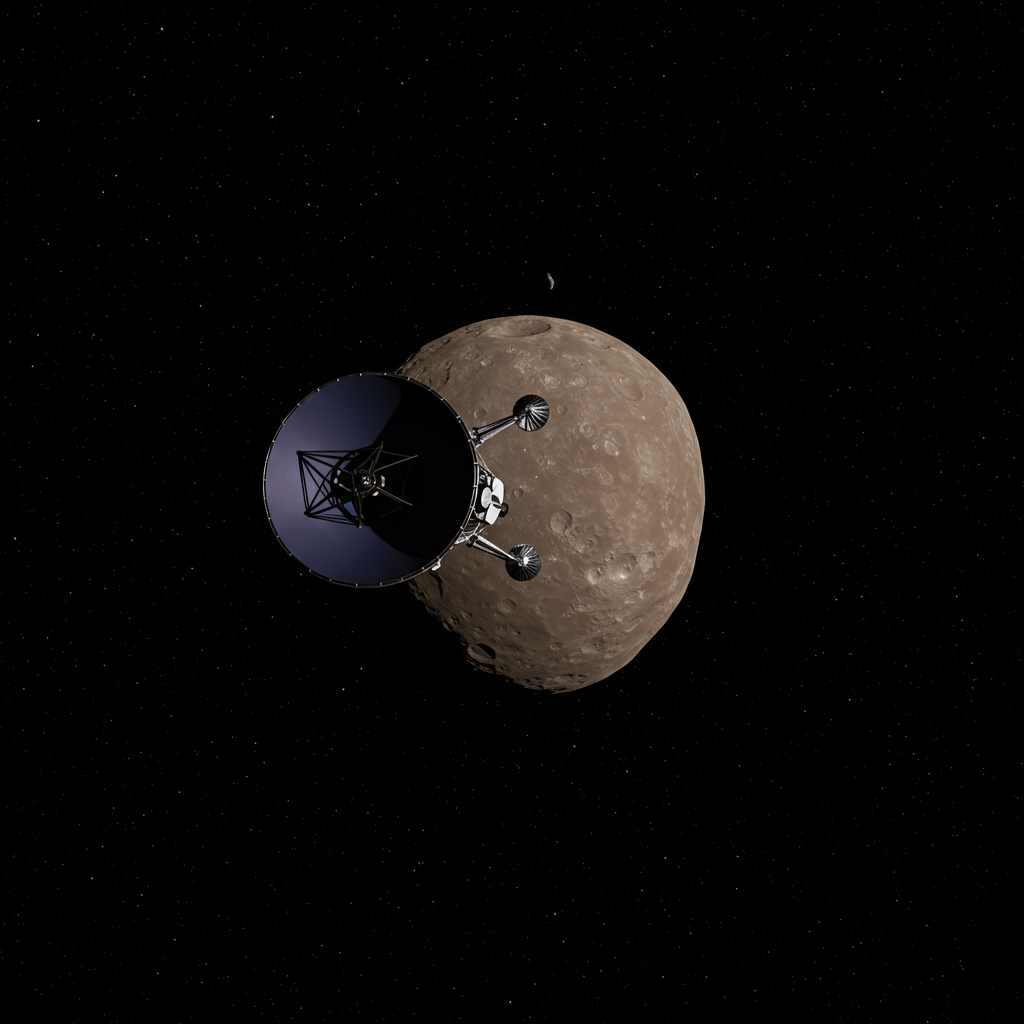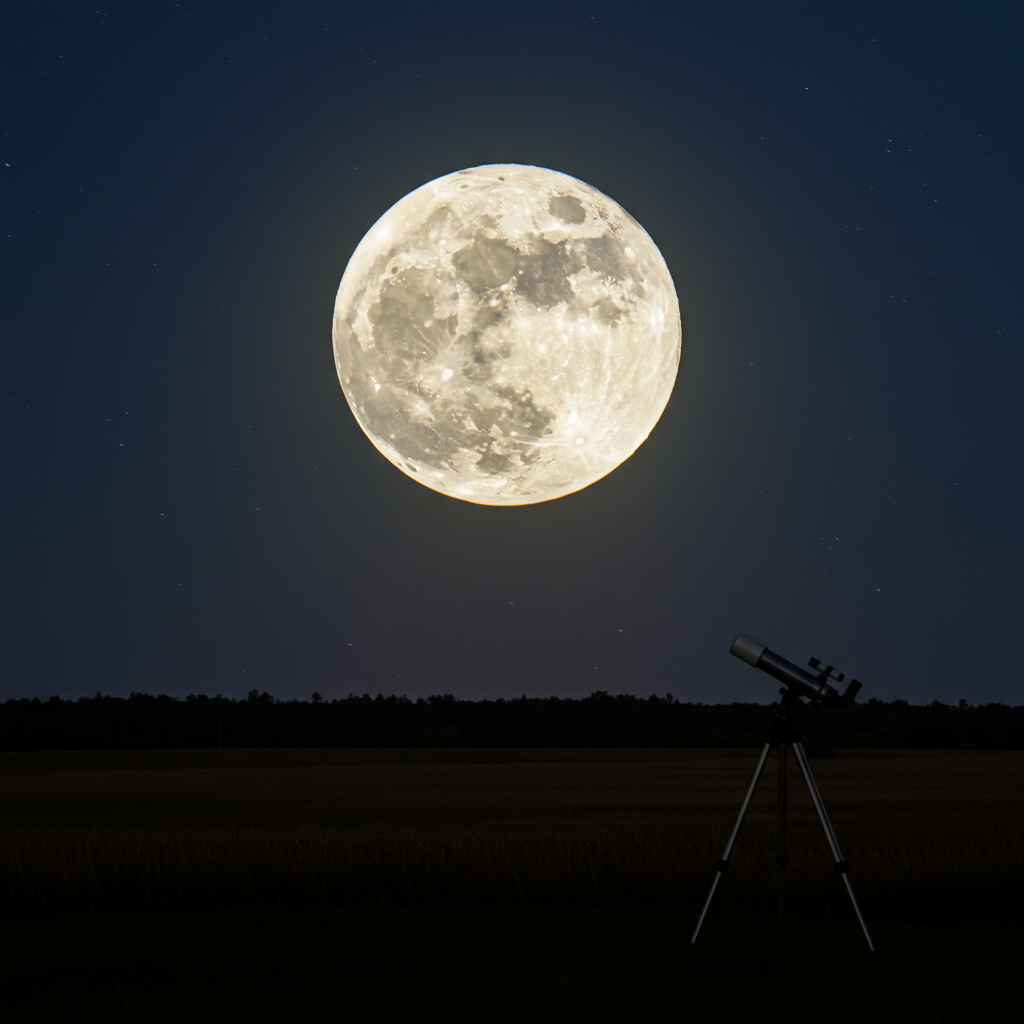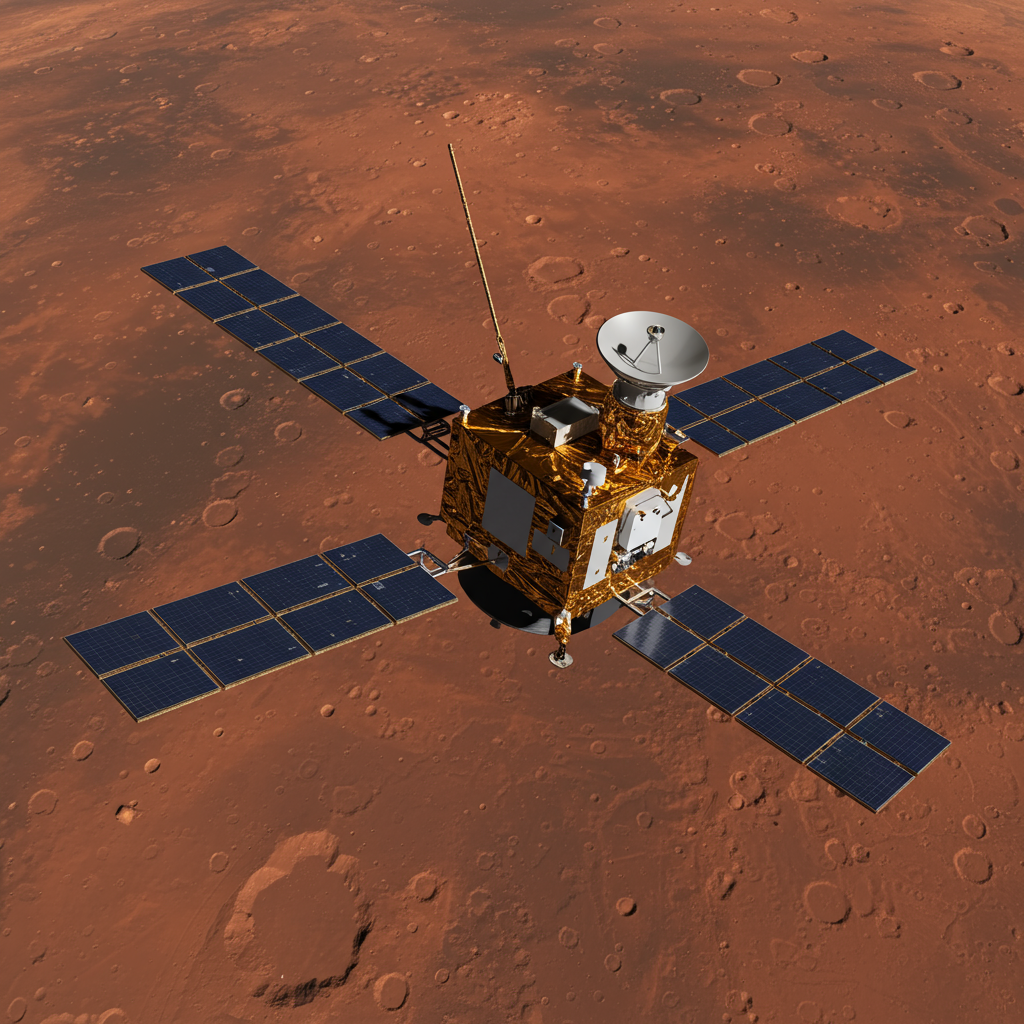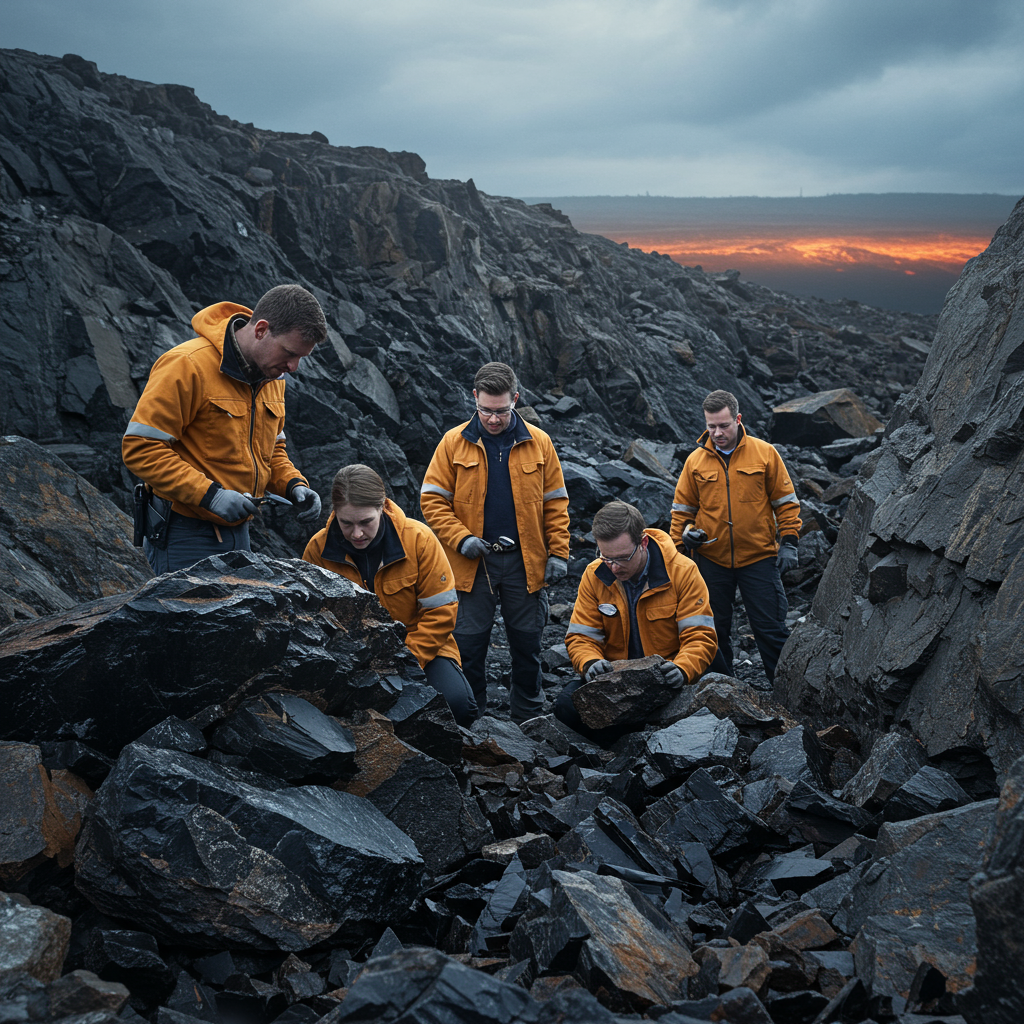In a groundbreaking discovery, the Subaru Telescope has unveiled an ancient celestial object dubbed 2023 KQ14, or “Ammonite,” far beyond Pluto. This rare “sednoid” is a cosmic time capsule, providing unprecedented clues about the early formation and violent history of our outer Solar System and potentially redefining the elusive Planet Nine hypothesis. Its unique, stable, yet divergent orbit challenges long-held assumptions, pushing astronomers to reconsider the chaotic youth of our planetary neighborhood.
Unveiling Ammonite: A Rare Celestial Relic
Astronomers classify 2023 KQ14 as a “sednoid,” a highly exclusive group of trans-Neptunian objects (TNOs) known for their extremely eccentric orbits and distant perihelia (closest approach to the Sun). This new find marks only the fourth sednoid ever identified, making its discovery profoundly significant. Located at its perihelion at an extraordinary 71 astronomical units (AU) from the Sun—71 times Earth’s distance—Ammonite resides in a remote region where Neptune’s gravitational pull is minimal.
Estimates place Ammonite’s diameter between 220 and 380 kilometers (136 to 236 miles). As an icy body, it represents a pristine relic from the Solar System’s infancy, untouched by the gravitational stirrings of inner planets. Its nickname, “Ammonite,” evokes ancient marine fossils, aptly reflecting its role as a preserved remnant from deep cosmic history. Studying such objects offers direct insights into the conditions and processes that shaped our planetary system billions of years ago.
The FOSSIL Project: Peering into the Past
The discovery of 2023 KQ14 is a triumph of the FOSSIL (Formation of the Outer Solar System: An Icy Legacy) survey project. This international collaboration, primarily involving Japanese and Taiwanese researchers, leverages the Subaru Telescope’s exceptional capabilities. Specifically, the telescope’s wide-field prime-focus camera, Hyper Suprime-Cam (HSC), is crucial for sweeping vast areas of the unexplored outer Solar System. The FOSSIL project launched in 2020 with the explicit goal of uncovering the Solar System’s history by identifying small bodies, like planetesimals, that retain imprints of its birth.
Initial observations of Ammonite occurred in March, May, and August 2023 using the Subaru Telescope and HSC. Confirming its existence required diligent follow-up. In July 2024, the Canada-France-Hawaii Telescope (CFHT) provided additional observations to refine its detailed orbit. Remarkably, astronomers also identified Ammonite in archival data, including DECam data from 2021 and 2014, and images from Kitt Peak National Observatory dating back to 2005. This comprehensive effort provided an impressive 19 years of observational data, enabling an incredibly precise orbital reconstruction.
Rewriting Solar System History Through Orbital Clues
Numerical simulations conducted by the FOSSIL team, utilizing advanced computing resources at the National Astronomical Observatory of Japan (NAOJ), reveal groundbreaking insights into Ammonite’s past. These simulations indicate that 2023 KQ14 has maintained a remarkably stable orbit for at least 4.5 billion years, virtually since the Solar System’s very formation. This long-term stability underpins its designation as a “cosmic fossil.”
However, a critical finding emerged: while Ammonite’s orbit is currently distinct from the three other known sednoids, simulations suggest that all sednoid orbits were strikingly similar approximately 4.2 billion years ago. This divergence implies that a “dramatic event” or “something extraordinary” occurred at the Solar System’s edge roughly 400 million years after its birth. Dr. Fumi Yoshida, who leads the FOSSIL project, emphasizes that finding such objects with elongated orbits and large perihelion distances in a region minimally influenced by Neptune’s gravity strongly points to significant past celestial upheavals. Understanding these unique objects is vital for a complete understanding of our Solar System’s deep history.
Challenging Planet Nine: New Constraints Emerge
The discovery of 2023 KQ14 and its peculiar orbit has profound implications for the long-hypothesized Planet Nine. This theoretical gas giant is believed to lurk in the far reaches of our Solar System, influencing the clustered orbits of some distant TNOs. However, Ammonite’s behavior introduces a new puzzle.
Dr. Yukun Huang of the NAOJ, who conducted the orbital simulations, explicitly states that “The fact that 2023 KQ14’s current orbit does not align with those of the other three sednoids lowers the likelihood of the Planet Nine hypothesis” as it is currently understood. If Planet Nine truly exists, its orbit would need to be located even farther out than conventionally predicted to account for Ammonite’s divergent path. Furthermore, any model of Planet Nine’s influence must explain why Ammonite’s orbit does not cluster with the others. Dr. Huang proposes an intriguing alternative: a planet might have once existed within our Solar System but was subsequently ejected, potentially explaining the unusual orbits observed today. This discovery underscores the outer Solar System’s surprising complexity and diversity.
The Subaru Telescope’s Unparalleled Vision
The success of uncovering 2023 KQ14 highlights the indispensable role of the Subaru Telescope. Its wide field of view, particularly with the Hyper Suprime-Cam, makes it one of the very few telescopes on Earth capable of detecting such faint and distant objects. These challenging observations are crucial for pushing back the frontiers of our vast, largely unexplored Solar System.
As Dr. Yoshida notes, while spacecraft explore limited regions, wide-field observations provide a unique lens into the Solar System’s architectural history. The FOSSIL team expresses hope for many more discoveries of this kind. Each new sednoid or distant object adds another piece to the grand puzzle, helping astronomers draw a more complete and accurate picture of the Solar System’s formation and evolution. The findings, published in Nature Astronomy, cement 2023 KQ14’s place as a cornerstone in our quest to understand the cosmic neighborhood.
Frequently Asked Questions
What is 2023 KQ14 (Ammonite), and why is it considered a “cosmic fossil”?
2023 KQ14, nicknamed “Ammonite,” is a newly discovered sednoid, a rare type of icy body found in the far outer Solar System beyond Pluto. It’s considered a “cosmic fossil” because numerical simulations show its orbit has remained stable for at least 4.5 billion years, dating back to the Solar System’s formation. This incredible stability means it has likely preserved original information about the conditions and events of that ancient era, much like geological fossils provide clues about Earth’s past.
How was this distant sednoid, 2023 KQ14, discovered and its orbit traced?
The sednoid was initially discovered in 2023 through observations by the Subaru Telescope as part of the FOSSIL survey project. Its existence was confirmed with follow-up observations in July 2024 using the Canada-France-Hawaii Telescope. Crucially, astronomers also found evidence of 2023 KQ14 in historical data from other observatories dating back to 2005. This comprehensive approach, combining new and archival data, allowed researchers to meticulously track and reconstruct its orbit over an impressive 19-year period.
What does the discovery of 2023 KQ14 mean for the Planet Nine hypothesis?
The discovery of 2023 KQ14 introduces new complexities for the Planet Nine hypothesis. While some distant objects show clustered orbits, 2023 KQ14’s current orbit significantly deviates from the other three known sednoids, despite simulations suggesting they were similar billions of years ago. This non-alignment “lowers the likelihood of the Planet Nine hypothesis” as currently conceived. Researchers suggest that if Planet Nine exists, its orbit would need to be even farther out than predicted, or an alternative explanation, such as a planet being ejected from the Solar System in the past, might account for the observed orbital eccentricities.
A Glimpse into the Solar System’s Chaotic Youth
The discovery of 2023 KQ14, the “Ammonite,” by the Subaru Telescope marks a pivotal moment in our understanding of the Solar System’s origins. This distant, ancient sednoid acts as an invaluable cosmic time capsule, preserving clues about the turbulent early epochs that shaped our planetary home. Its unique orbital dynamics are not only refining our models of the outer Solar System’s complexity but also placing critical new constraints on the existence and potential location of the enigmatic Planet Nine. As the FOSSIL team continues its groundbreaking work, each new find promises to bring us closer to piecing together the complete, dramatic history of our Solar System, one distant icy relic at a time.




